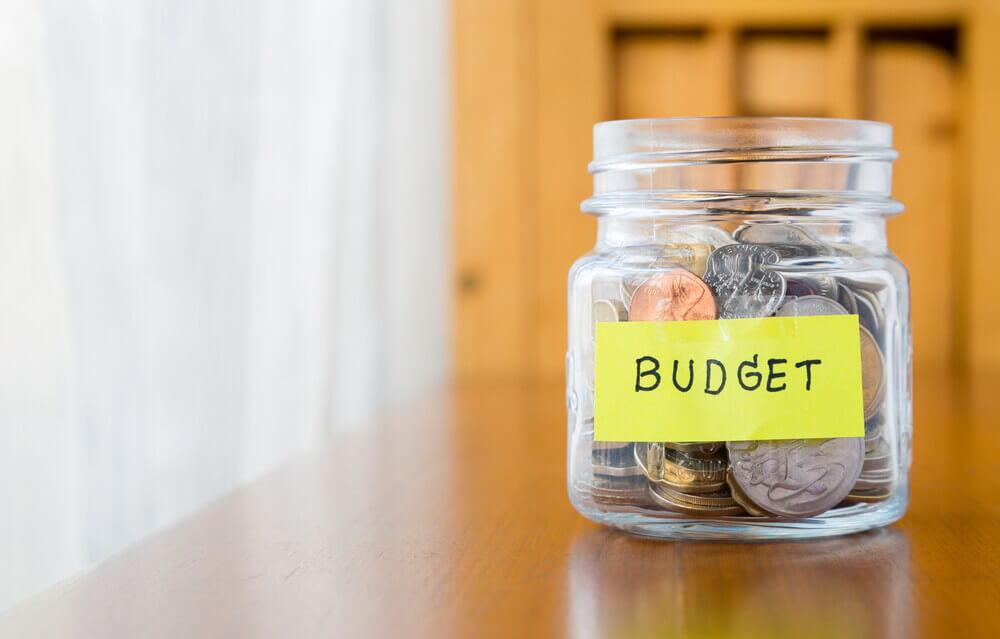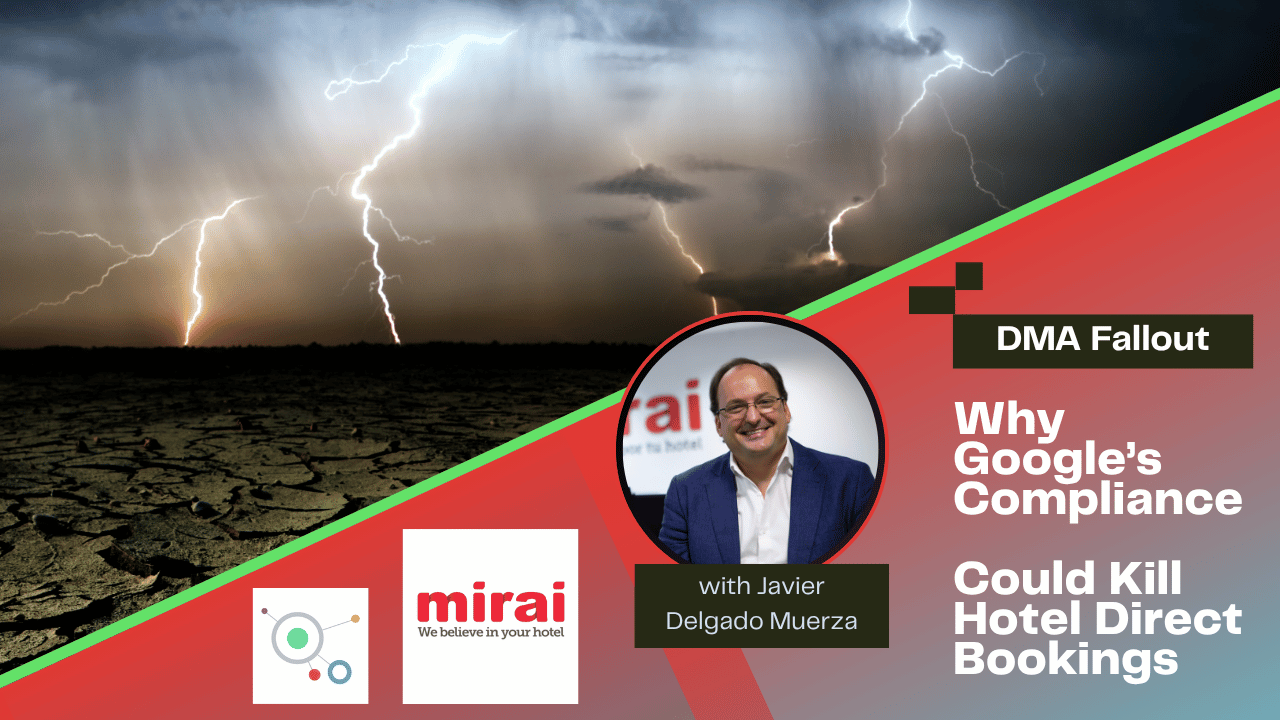
Hotel budget season is upon us. And while the process may vary somewhat from hotel to hotel, it ultimately comes down to the same goal: what you can do differently next year to better optimize revenue and maximize profits.
NB: This is an article from Rainmaker
While cutting costs and operating expenses seems to provide quick boosts in your bottom line, taking a more strategic approach to examine costs in light of long-term revenue optimization goals will guide you to greater success in 2019 and beyond.
Labor: Looking at Costs the Right Way
Labor costs account for nearly 50 percent of your total operating costs, making it a popular target for hotel budget cuts. Hotels attempting to control costs for next year’s budget often decide to create fixed schedules for hourly employees. While this quick fix may seem like a good idea, it can lead to hotels being overstaffed during slow times, and understaffed during busy periods. A much more strategic method is to use transient and group demand forecasting – an accurate reflection of future business volume fluctuations – as the basis for creating your work schedules and labor budget.
Relationship Management: Acquisition, Distribution & Marketing Costs
For 2019, STR and Tourism Economics are predicting increases in occupancy, ADR, and RevPAR. For an individual hotel, however, basking in the glow of this improving trend can potentially blind you to the erosion of your bottom line due to rising customer acquisition costs. And a Hotel Distribution Data Management And Analysis (HEDNA) report revealed that only 48 percent of independents and 65 percent of chains are looking closely at their distribution costs.
Your customer acquisition, distribution channel, and marketing costs are all interconnected. For 2019 budgeting success, it’s important not to simply make sweeping cuts across the board, but rather closely examine your distribution channel costs in light of the total revenue potential of each guest coming through those channels – this includes room and non-room revenue.
Perhaps you’ve been spending thousands of dollars on GDS, SEO and pay-per-click (PPC) marketing campaigns simply because you’re carrying over line items from the previous year. You may also be spending significantly more on your marketing than you need to, or budgeting your marketing dollars in the wrong places. A clear understanding of which channels are delivering your highest-value guests allows you to make smarter decisions that ensure your marketing spend brings in a maximum ROI.
Technology: Is It a Cost or Benefit?
Taking last year’s budget and simply tweaking it based on gut feeling or perceived industry trends is an ineffective tactic. And manually tracking your costs and operating expenses is prone to user error and can be a massive time sink. Savvy hoteliers recognize that technology has become critical for hotels looking to be competitive in an increasingly crowded marketplace. They’re using historical data and analytics to evaluate past performance and identify where operational efficiencies can be applied. And yes, there is a cost involved. But investing in the right system will pay for itself and more going forward. Reducing operating costs, boosting productivity, and improving interdepartmental collaboration and decision making.
To set your hotel up for a successful budget season, you need to look at costs – but look at them strategically. Don’t cut costs just for the sake of reducing them. With the right tools in place, you’ll have real information and real numbers for building your budget – trading in short-term cost savings for long-term revenue growth.




